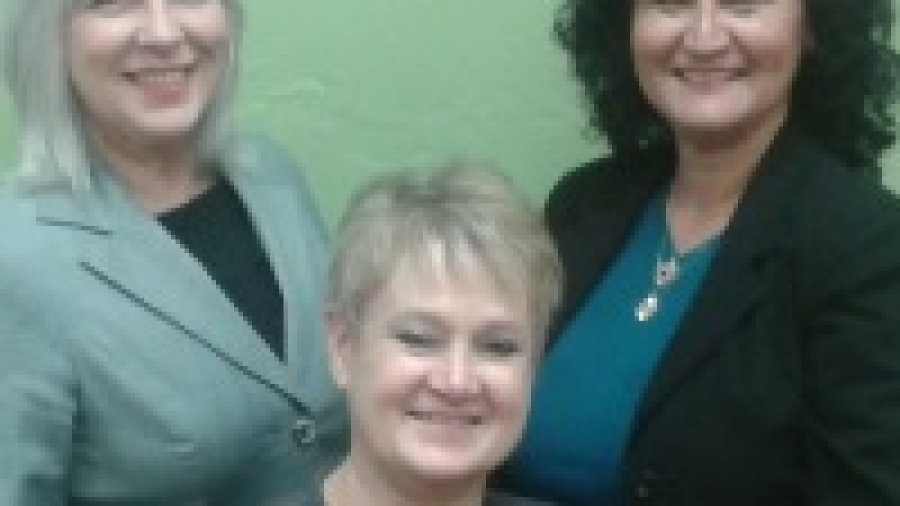
We’ve seen a lot of changes in trusts for estate planning solutions over the last 20 years. Prior to 1993 there were basically two types of trusts; revocable living trusts to avoid probate and provide for asset management in the event of disability, and irrevocable trusts to prevent any unnecessary estate tax. Over the last 20 years a lot has changed, and a new genre of trusts known as iPug™ now serves 99.8 percent of Americans. iPug™ stands for Irrevocable Pure Grantor Trust. “Pure” means it is a grantor trust for income tax purposes and included in the grantor’s taxable estate. The popularity of these trusts has grown significantly since 2001, with the enactment of EGTRRA raising the federal estate tax limits to over $5 million. As a result, the number of Americans affected by estate tax is now less than one fifth of one percent.
There are three variations of the iPug™ trust: the income-only version, which we at Lawyers with Purpose call the MIT™; the control-only version, which we call the FIT®; and the third-party version, which we call the KIT®. Each of these trusts allows the grantor to be the trustee of the trust AND retain the full power of appointment to change everything and anything in the trust except that which the grantor wishes to protect. For example, in the income-only version the grantor irrevocably gives up the right to principal but retains the right to income and the ability to change all provisions of the trust, including the beneficiaries and the timing, manner and method of distribution. While this has many traditional planners on edge, my law review article “Irrevocable Pure Grantor Trust, the Estate Planning Landscape has Changed,” should calm the typical concerns. It should provide comfort that I have been using these for over 20 years and have thousands of them in the marketplace, and they have been utilized throughout the country by over 500 law firms over 13 years.
Simply, iPug™ planning does not relate to tax planning, but rather to asset protection planning.
The Uniform Trust Code, the Restatement Second and Third of Trusts and every treatise on trusts is in agreement, asset protection rules are very simple: whenever the grantor retains a right directly or indirectly (through any power of the trustee) to benefit from a self-settled trust, is also available to the creditors of the grantor. This is where iPug™ trusts are uniquely different. In the MIT™, the grantor irrevocably gives up the right to principal from the trust and cannot ever have access to the principal. Thus, because it is forbidden to be distributed to the grantor, it is blocked from access by any of the grantor’s creditors, predators or long-term care costs. Similarly, the control-only version of the iPug™ (FIT®) works exactly the same way, except that in this version the grantor retains no right to income or principal. This trust is typically used for people who do not need the assets or the income from the assets placed in it, but seeks to protect it from their creditors, predators and long-term care costs. The significance of the FIT® is that the grantor still retains full control of all assets and maintains privacy, not having to share any financial information with family or anyone else. The grantor also retains the freedom to make distributions of principal anytime during life, to any child or other beneficiary, for any purpose. The only restriction is that the grantor is prohibited in any way from transferring the income or principal to him or herself, thereby protecting it from any third-party creditors, predators or long-term care costs. Basic Asset Protection Law.
Finally, the third-party version (KIT®) is a slight variation in this trust is typically used when a client has already transferred assets to third parties (i.e. children). For example, dad and mom transferred the family farm to the kids hoping to "protect it," but not realizing that by doing so, it became subject to the kids’ creditors, predators, long-term costs and divorce. In order to protect transferred assets from the creditors, predators, divorce and long-term care costs of the transferees (children), the transferees act as co-grantors to create an irrevocable trust and fund it with the assets that had been previously conveyed. The parents can be the beneficiaries during their lifetime and upon the death of the parents, it can revert back to the children individually or in an asset protection trust designed similar to a MIT™ or FIT® to the children (now as grantors) and therefore self-settled. This provides asset protection to the parents during life but also could provide lifetime asset protection to the children as if they had done a MIT™ or FIT® themselves (after death of parents). Since a KIT® is a third-party trust, it is not within reach of the parents' predators, creditors or long-term care costs.
Perhaps the greatest untapped use of iPug™ trusts by most practitioners is for business owners. I have been successfully using these trusts with business owners for many years, and they love them when they understand how it protects them. If a business owner has a corporation or LLC, all of their personal assets are protected from the liability of that LLC or corporation, but the LLC or corporation is not protected from their personal liabilities. The corporation or LLC is an asset subject to the reach of the creditors if the liability is personal. As a result, I have many clients who opt to put their business interests into a MIT™ or FIT®. Using the MIT™ protects the business from being taken by personal creditors, predators or long-term care costs but does allow all the income from the business (which pours into the MIT™) to be distributed to the grantor. Another strategy is to use the FIT® for the business trust. This provides no income or principal to the grantor through the trust (and therefore protects it from the grantor's predators, creditors or long-term care costs) but the grantor could receive any amount of income deemed reasonable by business standards directly from the LLC or corporation.
For example, as an officer or employee of the corporation the grantor can receive a salary like any other employee. This income, however, will not be subject to his creditors and predators but could be “shut off” at any time by his resigning from the company. This provides both the benefits of retaining the right to income as well as retaining the ability to protect the income should the grantor decide differently at some point in the future. Trust planning is exciting in this new millennium, and utilizing all of the various trusts will help make us better counselors in serving our clients. I encourage you to stay abreast of all the issues related to iPug™ trusts and how they work for Medicaid eligibility, veteran’s benefits, and business protection planning.
David J. Zumpano, Esq, CPA, Co-founder Lawyers With Purpose, Founder of MPS, Founder and Senior Partner of Estate Planning Law Center.



















